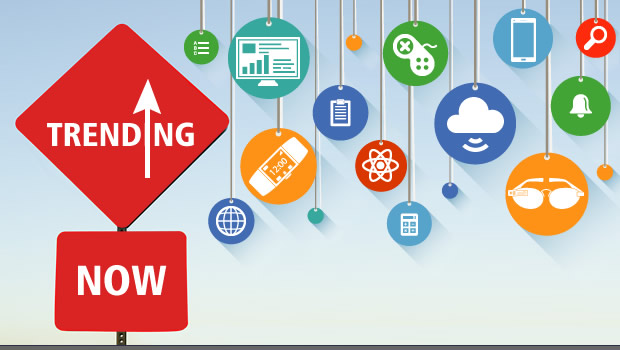Despite the focus on the “age of Amazon” in the retail world, the vast majority of retail purchases still happen in physical stores. Because of this, bricks-and-mortar stores aren’t going away any time soon. For retailers that are heavily invested in physical stores, the good news is that studies show Generation Z prefers bricks-and-mortar shopping to online shopping. Because of this, retailers will need to increase their pace of technological change to satisfy overall customer expectations.
Empowered by Big Data
While retailers have become more skilled in delivering the right message to the right customer at the right time, the ability to aggregate data from disparate sources and apply it to understand customers better, will evolve. Using sophisticated software and tools, retailers can collect more data on each and every customer, giving them the information needed to deliver more relevant and personalized experiences.
Changing Up the Typical Store
In strong support of the staying power of bricks-and-mortar retail is the fact that the number of online only retailers experimenting with new and exciting physical shopping experiences is ramping up. We’ve long known about brands such as Bonobos and Warby Parker, however more recently companies like Amazon and Rent the Runway are jumping into bricks-and-mortar as well. As more online only companies look to connect directly with their customers, pop-up shops and mobile stores will become more commonplace.
Big box retailers are also evolving their physical footprint in new and different ways. They are testing smaller, more digitized formats; creating branded shop-in-shop experiences; trying out pop-up stores; and developing innovative retail partnerships. The re-imagining of the physical store will be at the forefront of retailing trends.
Connecting the Customer with the Right Product
Finally, perhaps the most important development in the retail sector will be the leveraging of artificial intelligence to connect shoppers with the products they desire. While this involves the accumulation of data, the data must be put into context to truly understand what the customer wants. New technologies, like machine learning, virtual reality, and speech recognition will help drive this change.
At Sophelle, we regularly produce research and insights on upcoming retail trends, please download our most recent focus report Product Findability: Connecting People and Products.
Contributed by Julie Barile




